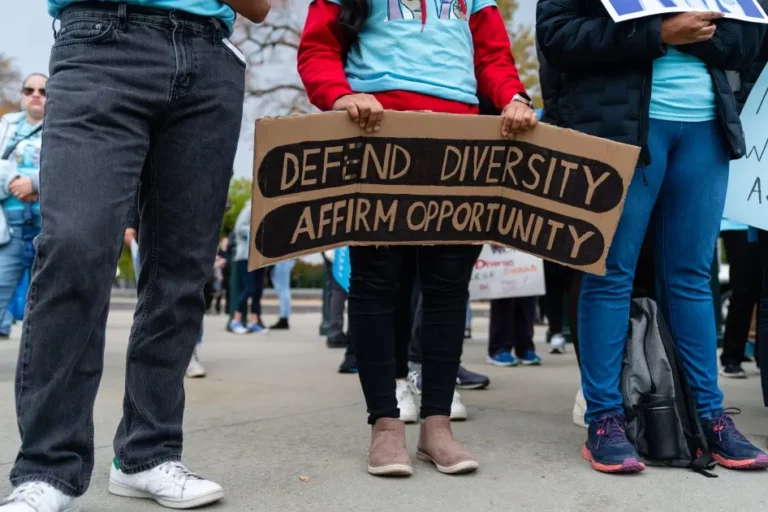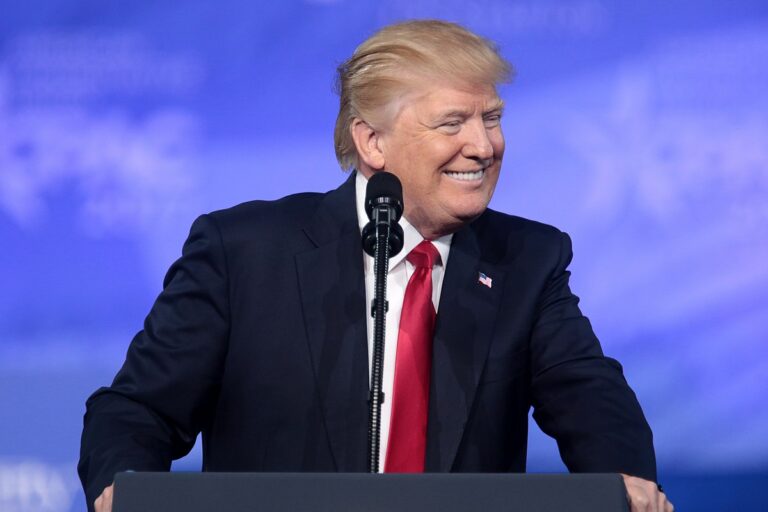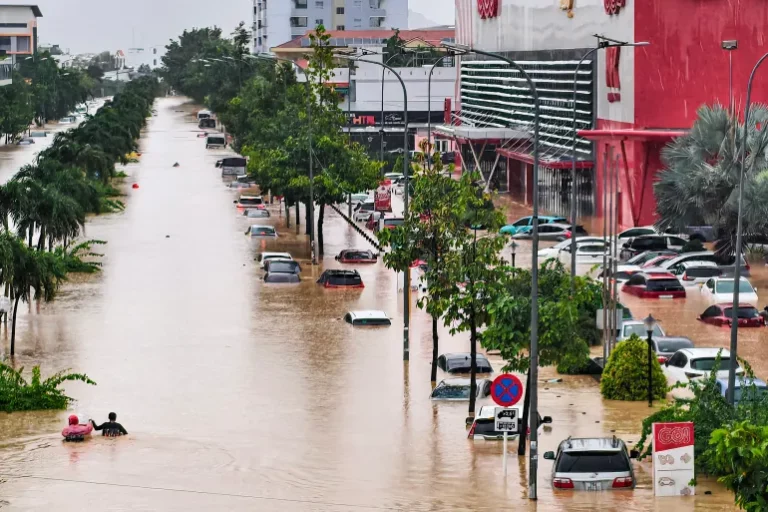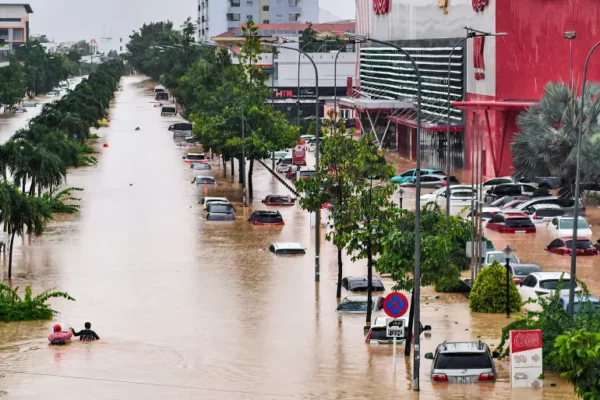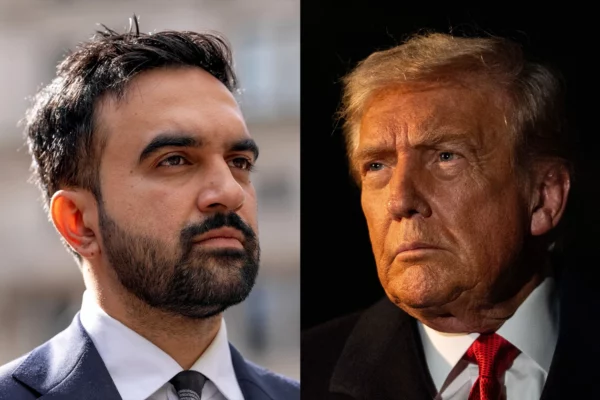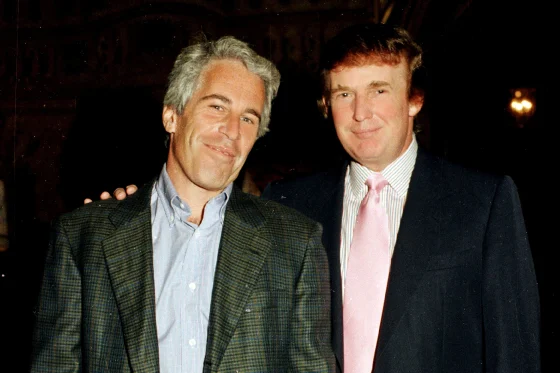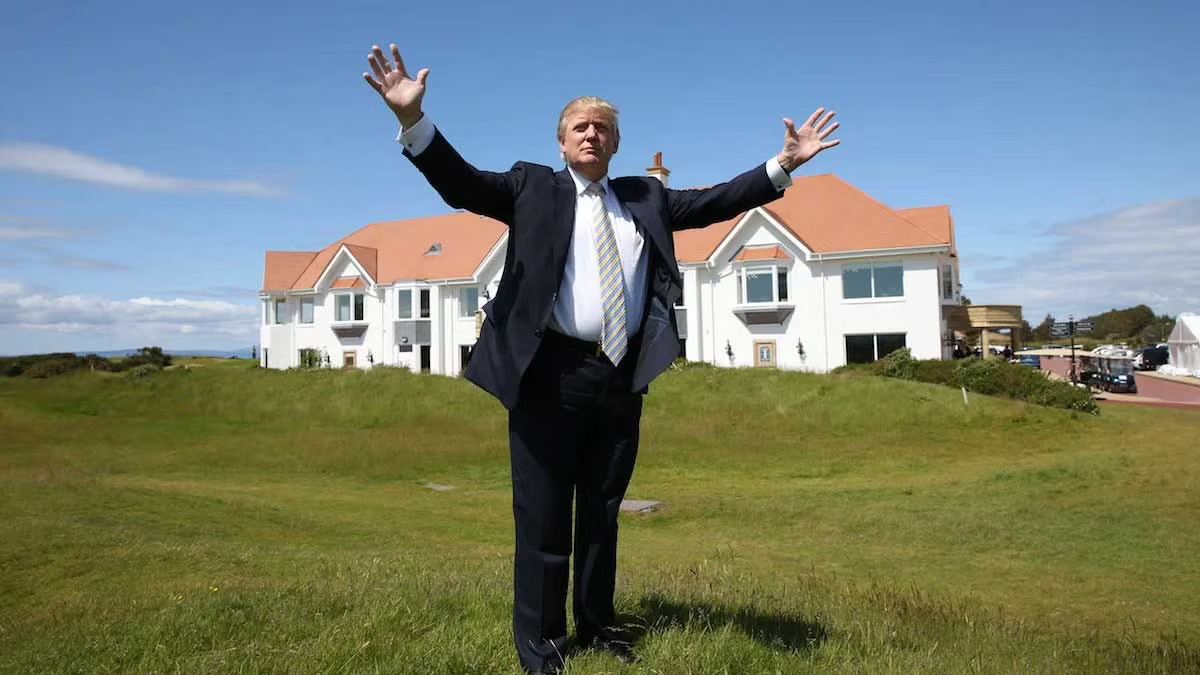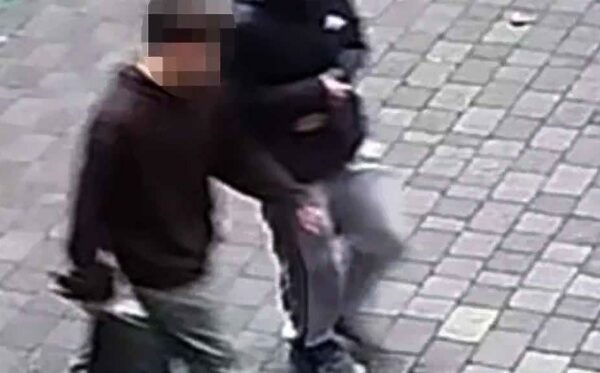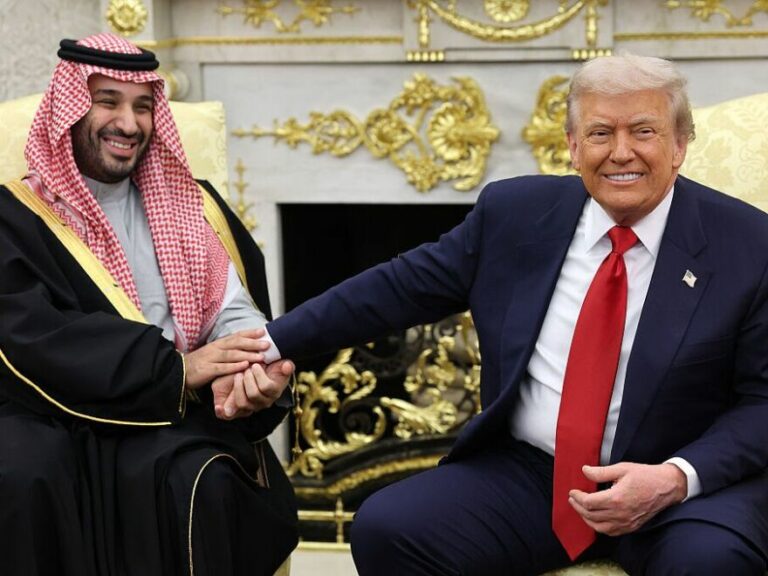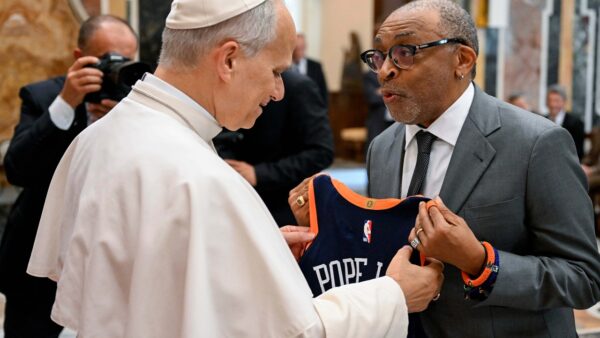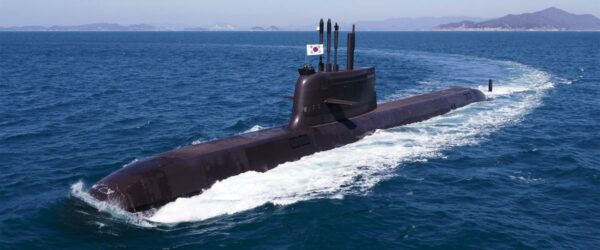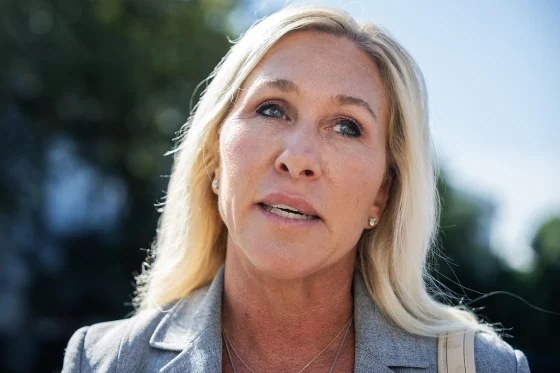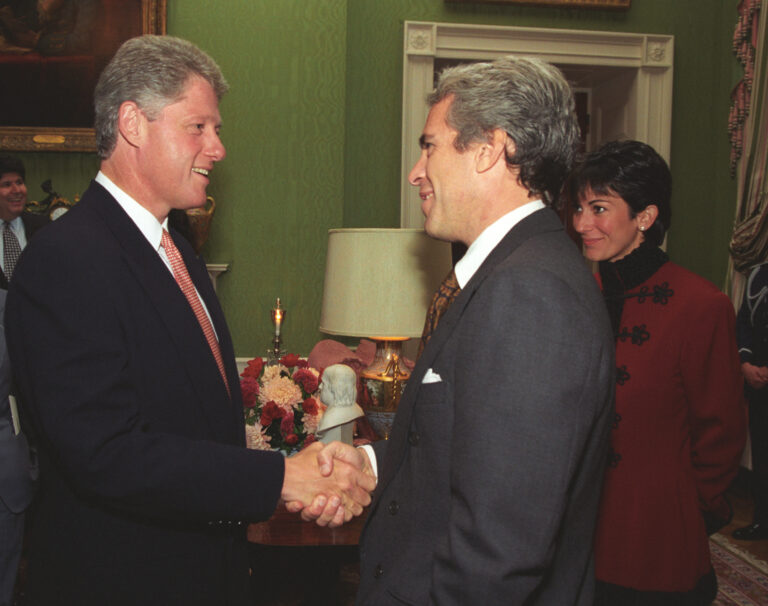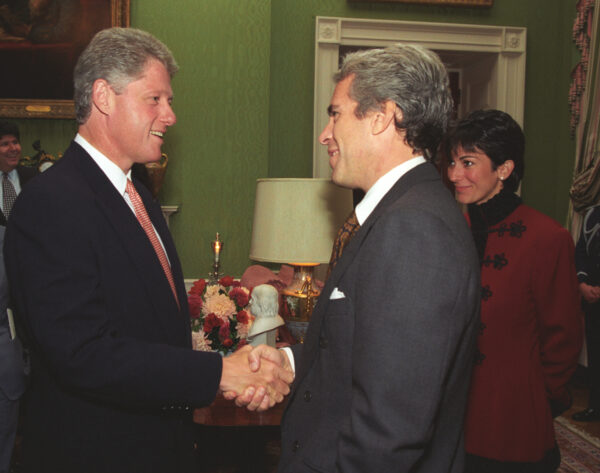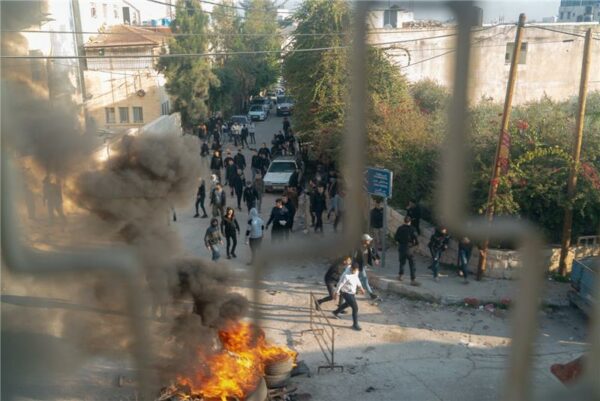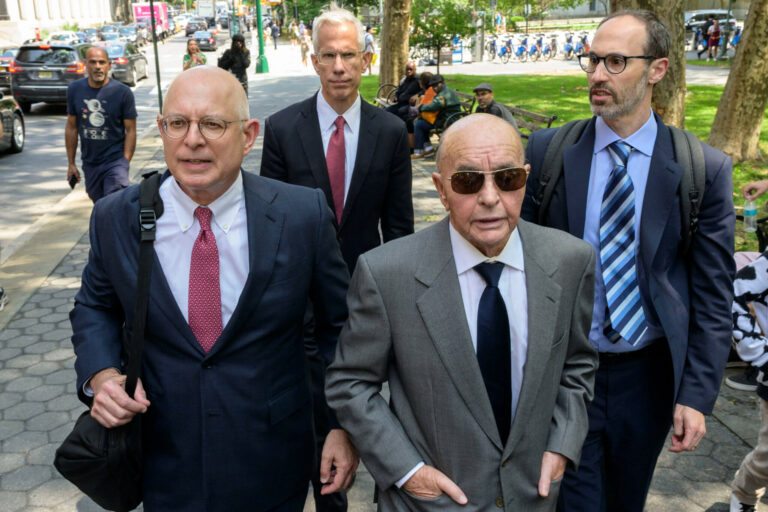U.S. Military Escalates Caribbean Presence Amidst Venezuela Tensions
SAN JUAN, Puerto Rico — A significant expansion of American military might is underway in the Caribbean, transforming the strategic waters into a stage for a potent display of force that, while officially framed as an intensified war on drugs, is widely perceived as a thinly veiled pressure campaign against Venezuela. The deployment of advanced naval and air assets, including a nuclear-powered aircraft carrier and stealth fighter jets, signals a palpable escalation of U.S. intentions in a region already grappling with political instability and economic crises.
The Trump administration has publicly asserted that this formidable military buildup is a critical component of its ongoing efforts to combat illicit drug trafficking. This narrative gained particular traction following a recent incident in which U.S. forces conducted their 20th strike on an alleged drug boat in the Caribbean Sea, an operation that tragically resulted in the deaths of four individuals. Such interdictions underscore the operational tempo and lethal capability now being brought to bear in these waters.
However, the scale and nature of the deployment suggest objectives extending beyond traditional counter-narcotics operations, particularly given the White House’s persistent calls for regime change in Venezuela.
A Provocative Display of Power
New imagery from the Pentagon vividly illustrates the magnitude of the current deployment: a B-52 long-range bomber, a symbol of American strategic reach, soaring over the USS Gerald R. Ford, the Navy’s newest and most advanced aircraft carrier. The Ford, a colossal vessel capable of launching and recovering a vast array of aircraft, is now steaming towards the Caribbean, accompanied by a formidable flotilla of warships. This naval strike group is further bolstered by F-35 stealth fighter jets, already operational in the area, flying out of a reactivated airfield in Puerto Rico.
This concentration of high-value military assets represents a potent signal, unmistakably "a provocative display of American military power that is now being staged against Venezuela," as one observer noted. The deployment of such advanced capabilities — from long-range bombers to stealth fighters and a supercarrier — far exceeds the typical requirements for interdicting small drug vessels. It strongly implies a readiness for broader contingency operations, including potential military action against the Maduro regime.
Puerto Rico’s Strategic Revival
Central to this burgeoning military footprint is the strategic revival of Roosevelt Roads Naval Station in Puerto Rico. Once a sprawling naval base that served as a crucial hub during World War II and the Cold War, Roosevelt Roads was largely shut down more than two decades ago. Now, it is buzzing with activity once more, serving as one of five key locations where U.S. forces are operating on American territory, strategically positioned just north of Venezuela.
The reactivation of Roosevelt Roads, particularly as a base for F-35 stealth fighters, signifies its renewed importance as a forward operating location. These fifth-generation aircraft, renowned for their advanced sensing capabilities and low observable profiles, are ideal for reconnaissance, air superiority, and precision strike missions, capabilities that are highly relevant in a potential conflict scenario.
For the residents of Ceiba, the town adjacent to the base, the return of military operations has been a jarring experience. Samuel Rivera Bayz, the mayor of Ceiba, acknowledged the immediate impact. "The F-35s wake us up in the morning," he told CBS News, reflecting the undeniable presence of the military’s renewed operations.
The sentiment among the local population is complex, a blend of unease and a sense of security. Damen Leyon, a local resident, articulated a common anxiety, stating, "I feel tense, kind of anxious, uh, not knowing what’s going to happen, uh, maybe an attack of someone close." This apprehension is understandable, as the island’s proximity to Venezuela and its status as a U.S. territory could potentially draw it into any direct conflict.
Yet, Mayor Rivera Bayz also conveyed a contrasting perspective, one rooted in a pragmatic assessment of U.S. global power. "Right now, the United States is the most powerful in the world," he asserted. "Having them here taking care of us, we feel more than safe." This duality reflects the island’s unique relationship with the mainland, where concerns about sovereignty and the economic impact of military presence often coexist with an appreciation for the security guarantees it provides. For a territory that has faced significant economic hardship and the devastating impact of natural disasters, the perceived protection offered by the world’s most powerful military can be a comforting assurance.
The Venezuelan Standoff
The stated target of this pressure, Venezuelan President Nicholas Maduro, remains defiant. The U.S. has long sought his removal from power, citing allegations of widespread corruption, human rights abuses, and, critically, alleged ties to international drug cartels. The current military posture in the Caribbean directly aligns with the Trump administration’s "maximum pressure" campaign against Caracas, which has included severe economic sanctions and diplomatic isolation.
As U.S. forces conduct live-fire exercises in the region, a clear demonstration of their operational readiness, President Maduro has vociferously condemned what he describes as "threats of an invasion." In a televised address, he rallied his supporters with a stark warning: "Raise your hand if you want Venezuela to become a Yankee colony," a powerful rhetorical appeal to national pride and historical grievances against perceived foreign intervention.
This rhetoric resonates deeply within Venezuela, where memories of past U.S. interventions in Latin America fuel suspicions of Washington’s true intentions. Maduro’s government views the U.S. military buildup not as a counter-narcotics effort but as a direct threat to its sovereignty, an attempt to impose a U.S.-backed leadership.
Beyond the Horizon: Implications and Uncertainties
The deployment of such formidable military assets, ostensibly for counter-narcotics operations but clearly positioned against Venezuela, creates a volatile dynamic in the Caribbean. The distinction between a "war on drugs" and a "show of force" against a sovereign nation becomes increasingly blurred, raising questions about international law and regional stability.
The international community watches with a mixture of apprehension and scrutiny. While many nations share concerns about the Maduro regime’s authoritarianism and its role in regional destabilization, the prospect of military intervention, even under the guise of counter-narcotics, carries significant risks. It could further destabilize an already fragile region, potentially leading to a humanitarian crisis of even greater magnitude and drawing in other international actors.
For now, the USS Gerald R. Ford and its accompanying battle group, along with the F-35s roaring over Puerto Rico, represent a powerful, undeniable presence. The immediate future of Venezuela, and indeed the broader Caribbean, remains tethered to the evolving objectives behind this formidable American military posture. Whether it ultimately leads to intensified drug interdictions, a diplomatic breakthrough, or a more direct confrontation remains an open, and deeply concerning, question.



